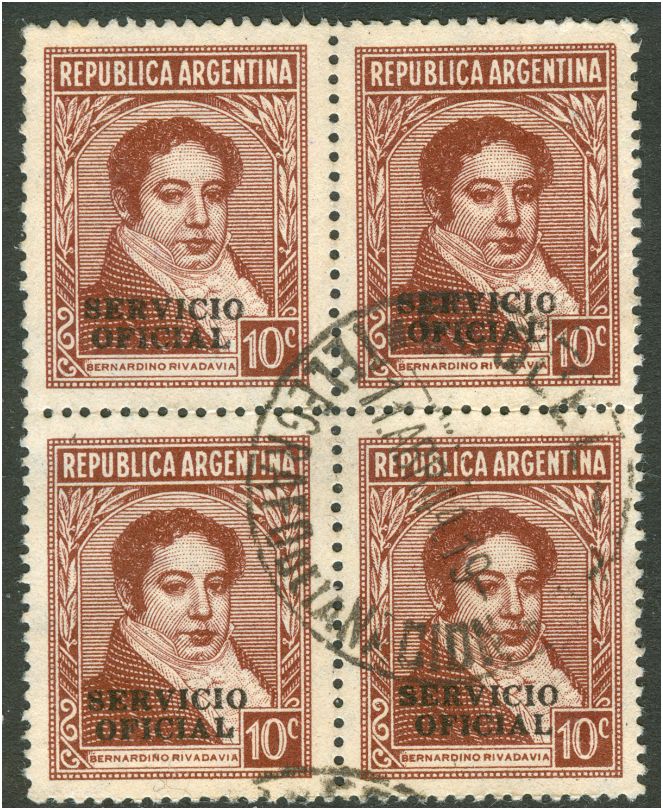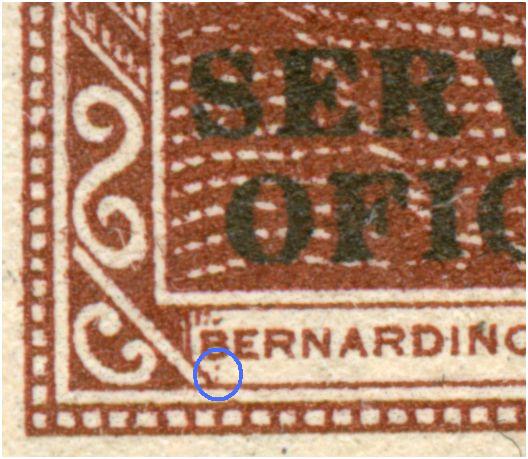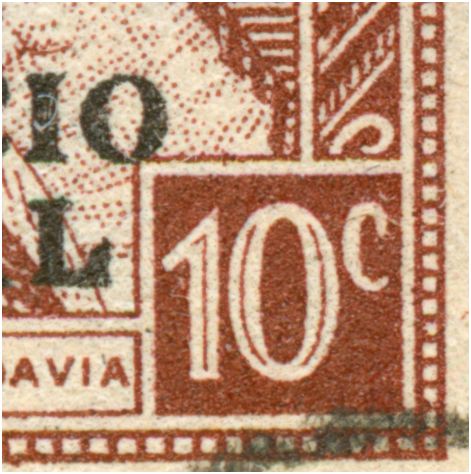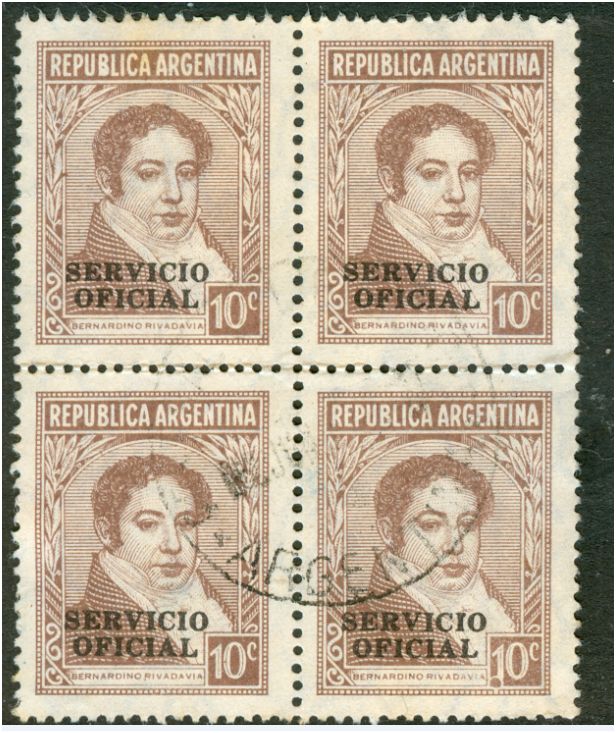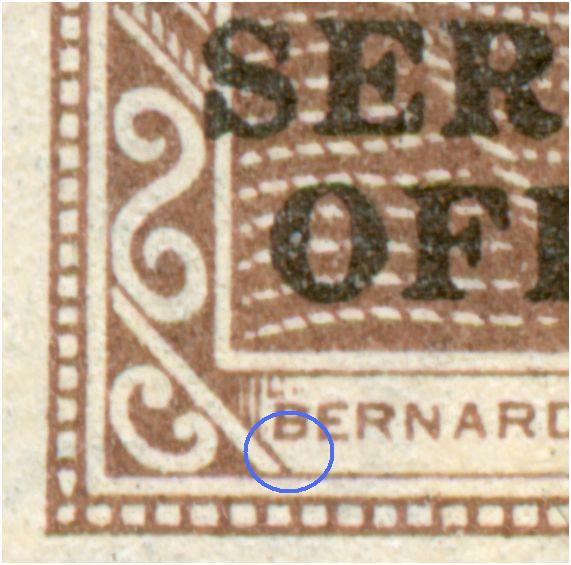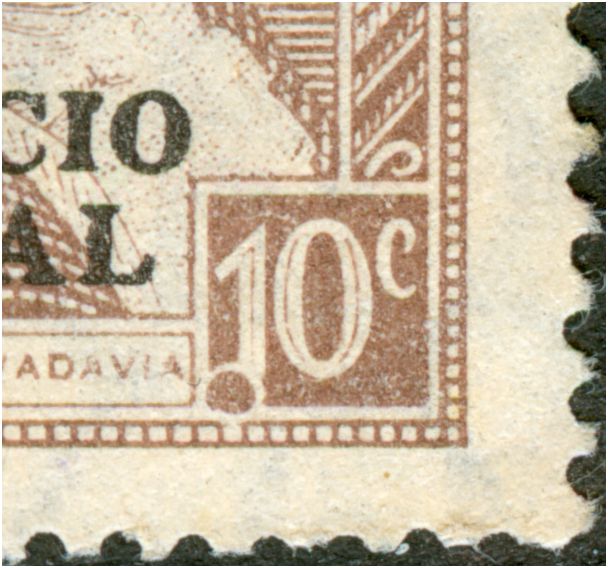type II-sheet-fed
but also in type II-reel-fed and type III-reel-fed.
type II-reel-fed:

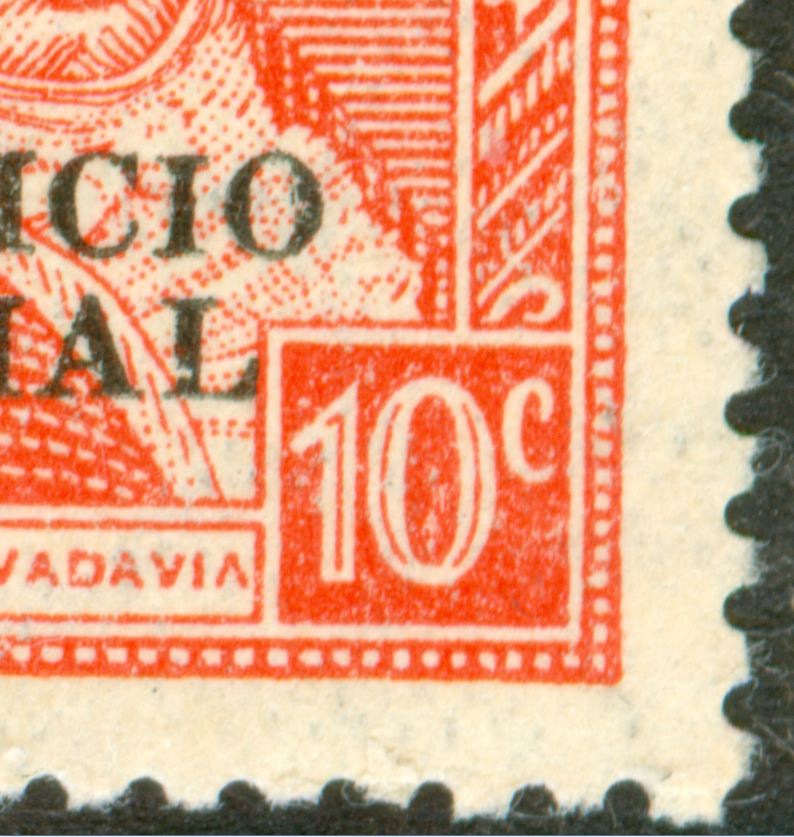
type III-reel-fed:
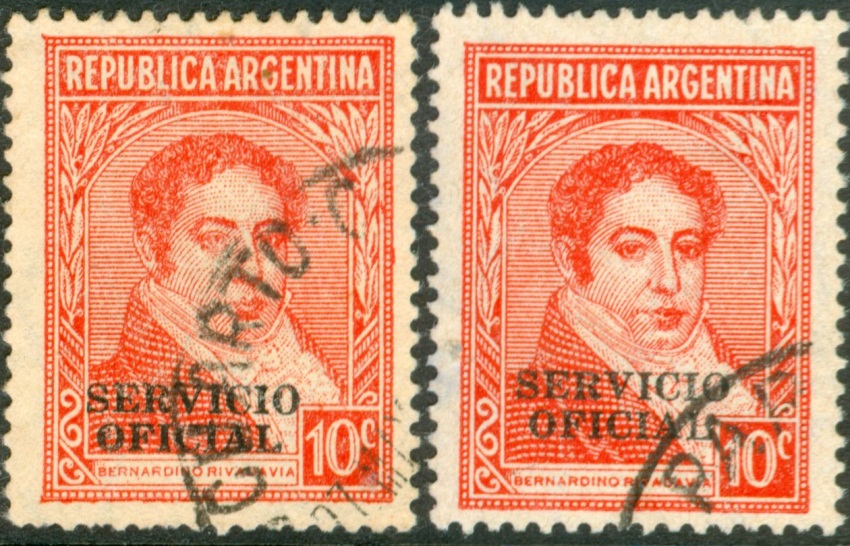
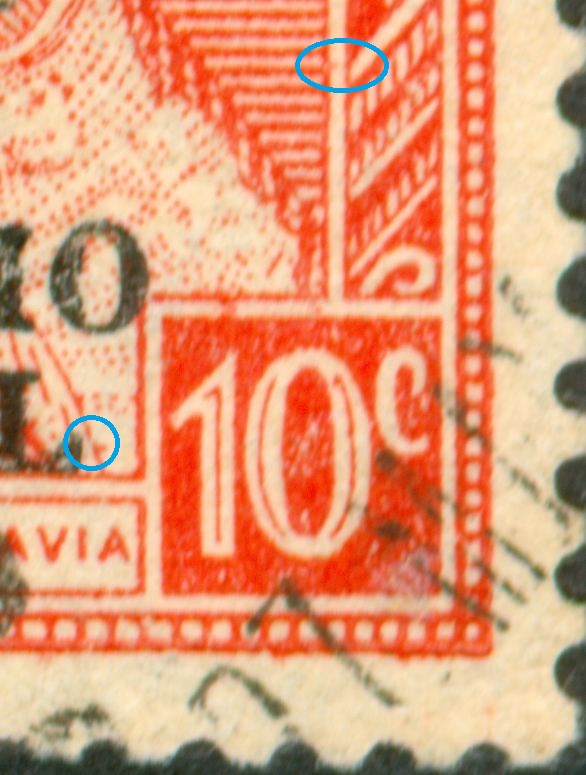
to be continued ....
Moderador: Rein






I know you said that, but I don't agree, it is only useless if you take it literally.Rein escribió:I have explained in my postings about the perforation that the perforation gauge that the catalogues give [Kneitschel a.o.] is useless!

Jorge,jorgec escribió:I know you said that, but I don't agree, it is only useless if you take it literally.Rein escribió:I have explained in my postings about the perforation that the perforation gauge that the catalogues give [Kneitschel a.o.] is useless!
Both perforations are actually so different, that in most cases I can actually distinguish them with a naked eye (because the holes and teeth are usually very different). And when I can't distinguish them with the naked eye, I don't need to use a perforation gauge, just comparing two stamps is enough.


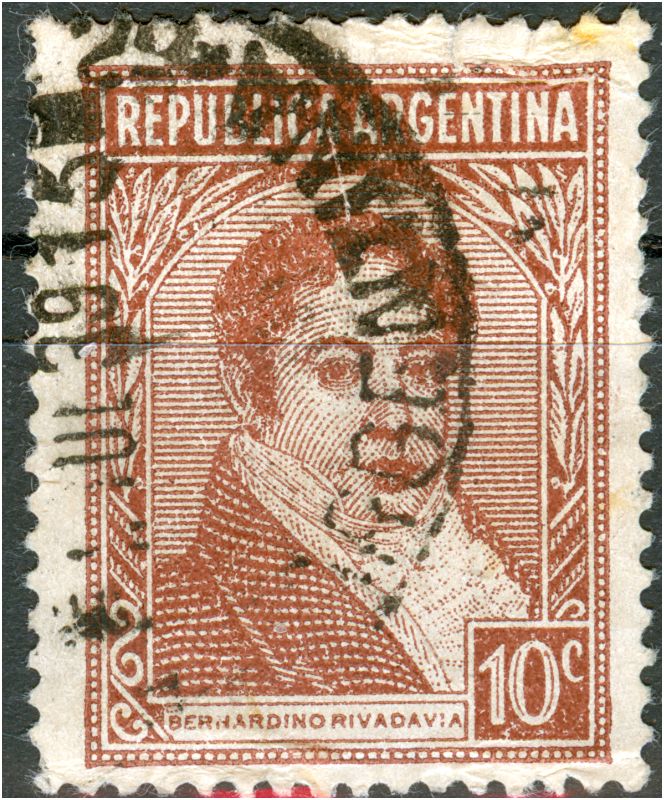
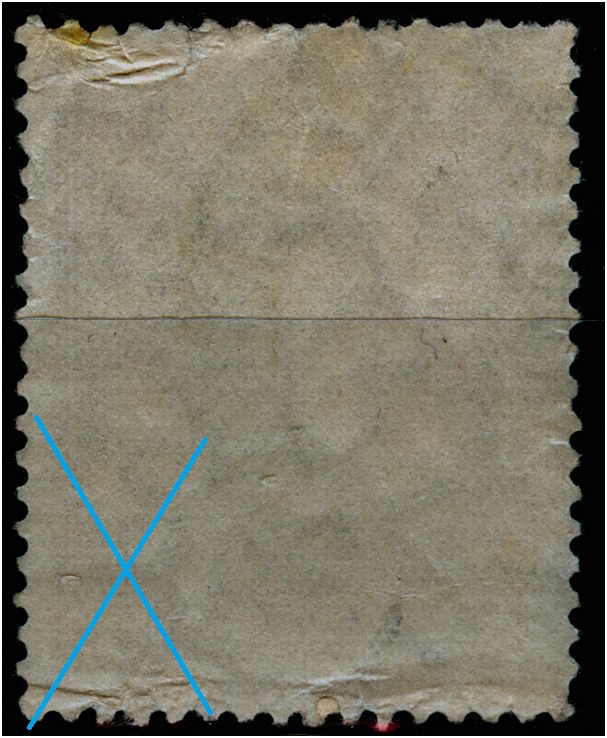
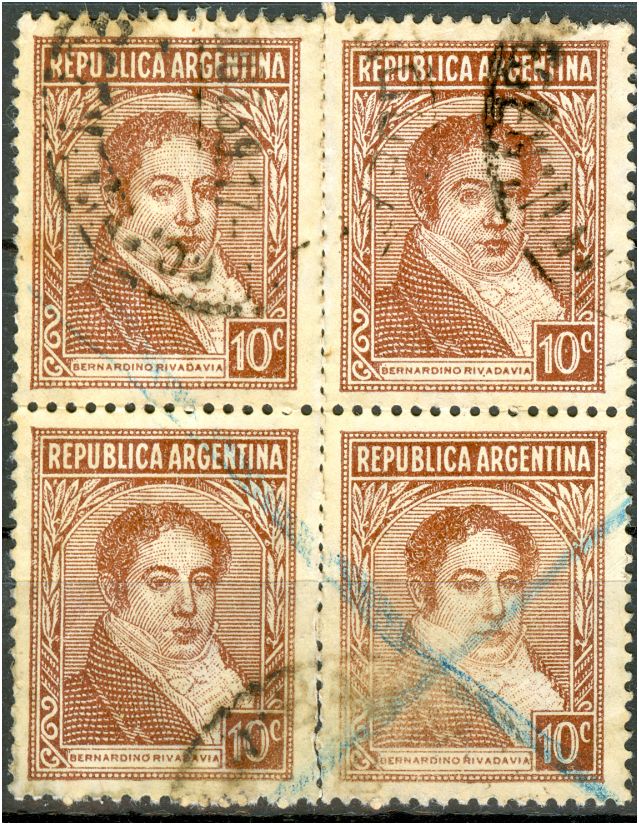
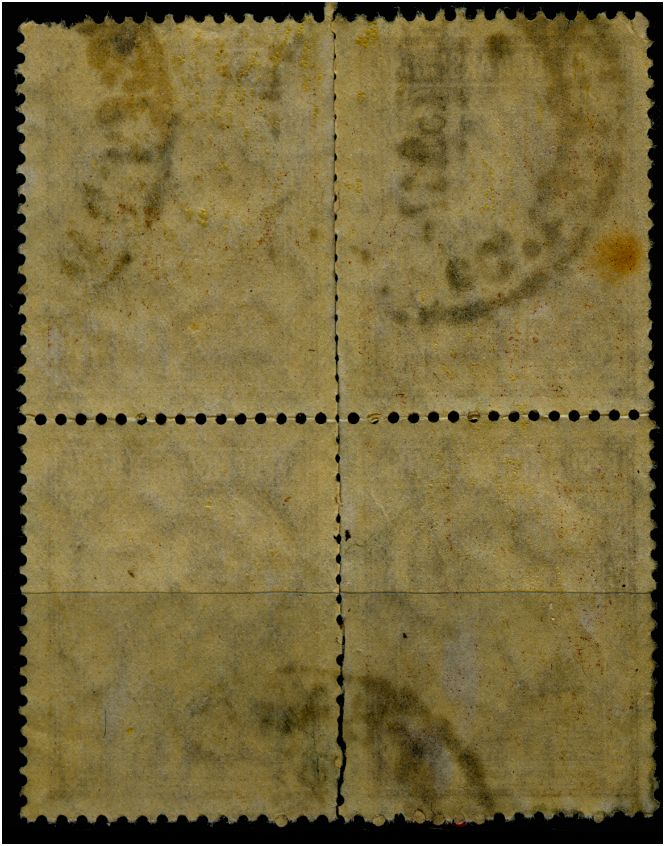
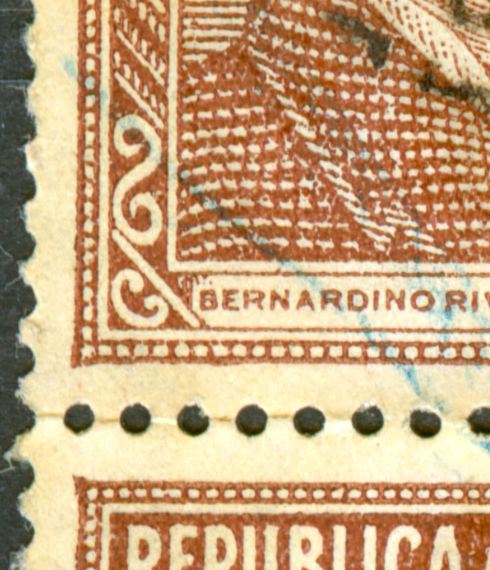

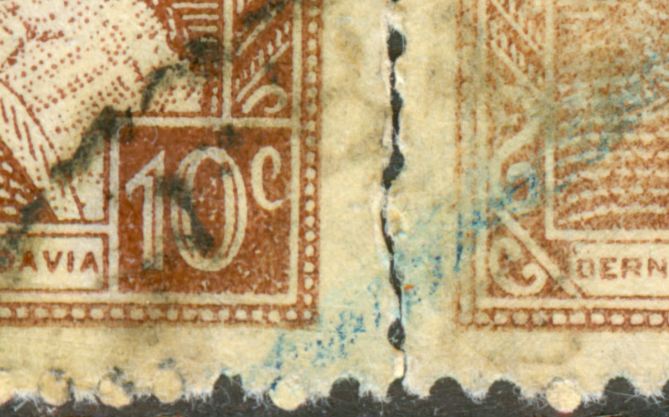


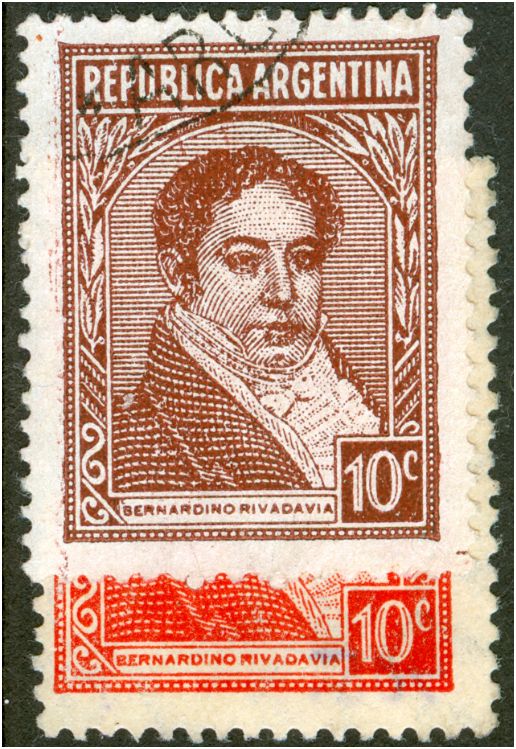
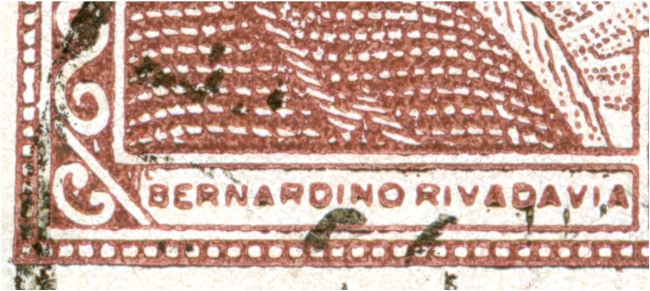
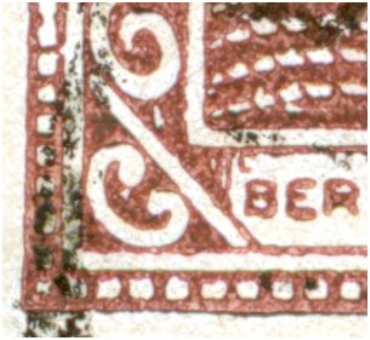


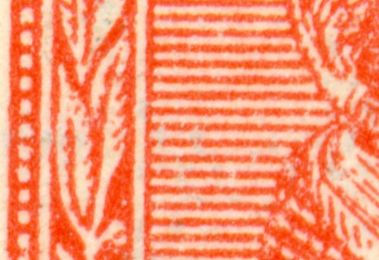
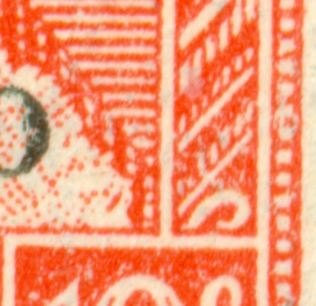
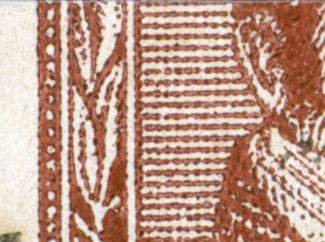
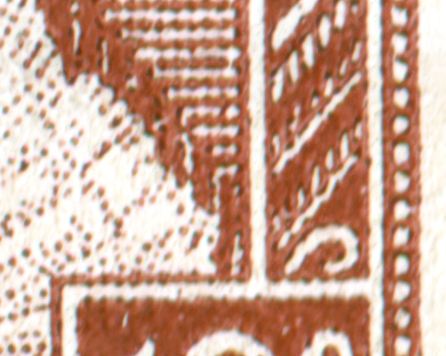


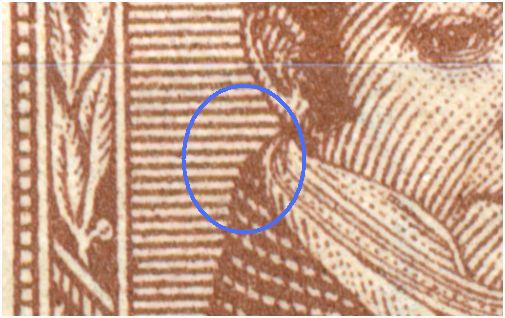
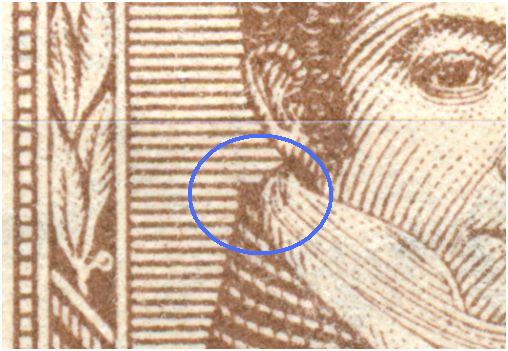




to be continued ...Rein » 26 Nov 2009 10:25 escribió: 55 years and never been kissed before!
The PyR I series is stil full of surprises. Not so long ago I found a new type of the 5c Moreno in typography that had not been recognized during 70 years, this time the 10c Rivadavia in offset-litho turns out to have 3 types instead of the 2 we all had thought and what got reflected in some catalogues.
La serie de Proceres I sigue estando llena de sorpresas. Hace no mucho tiempo encontre un nuevo tipo del 5c moreno en tipografia si descubrir durante 70 años. Ahora he encontrado que hay 3 tipos del 10c en offset litom en lugar de los dos que estan descriptos en todos los catálogos.
What should have warned us was - when Tony Rubiera in his survey of this 10c showed us that after the initial years with only type A, in 1950 type B showed up and more or less with the introduction of the Zarate paper in 1954 type A returned - !!! Why a come back???
Con lo que tenemos que tener cuidado es que cuando tony Rubiera nos mostro en su investigacion que despues de los años iniciales utilizando el tipo A, en 1950 se introdujo el tipo B, y aproximadamente en 1954 con la aparicion del papel Zarate se volvió al tipo A. Porque?
This discovery is too new to have studied all the paper types that go with the 3 types so a bit of patience, please!, and have a look at your own stamps to see whether type C is there too!
Este descubrimiento es demasiado nuevo para relacionar los papeles con los 3 tipo, asi que les pido un poco de paciencia por favor , y que revisen en sus stocks para reconocer los tipos C que puedan tener.
The original offset-litho with type A, with the rounded collar - in the blue rectangle, the right vertical brown outline is of the same thickness everywhere:
Para el tipo A original con cuello redondo, si se fijan en el rectangulo azul, la linea derecha vertical tiene un grosor uniforme.
the revised type with the pointed collar - as it turns out now, this point was not the only revision, type B - in the blue rectangle the right vertical brown outline is a lot thicker and NOT indented, the top diagonal line is unbroken:
Para el tipo B, con cuello en punta, en el rectangulo azul podemos ver claramente que la linea derecha vertical es muchisimo mas gruesa y levemente sinuosa
the newly discovered type C that has the collar of type A, but in the detail shown here below is quite different and resembles type B a lot - in the blue rectangle the right vertical brown outline is a lot thicker and indented, the top diagonal line is always broken!
El nuevo tipo descubierto, es una mezcla de ambas, tiene el cuello del tipo A ( Redondo) pero el detalle descripto recientemente como del tipo B.
rubiera » 26 Nov 2009 11:38 escribió: fantastico!




